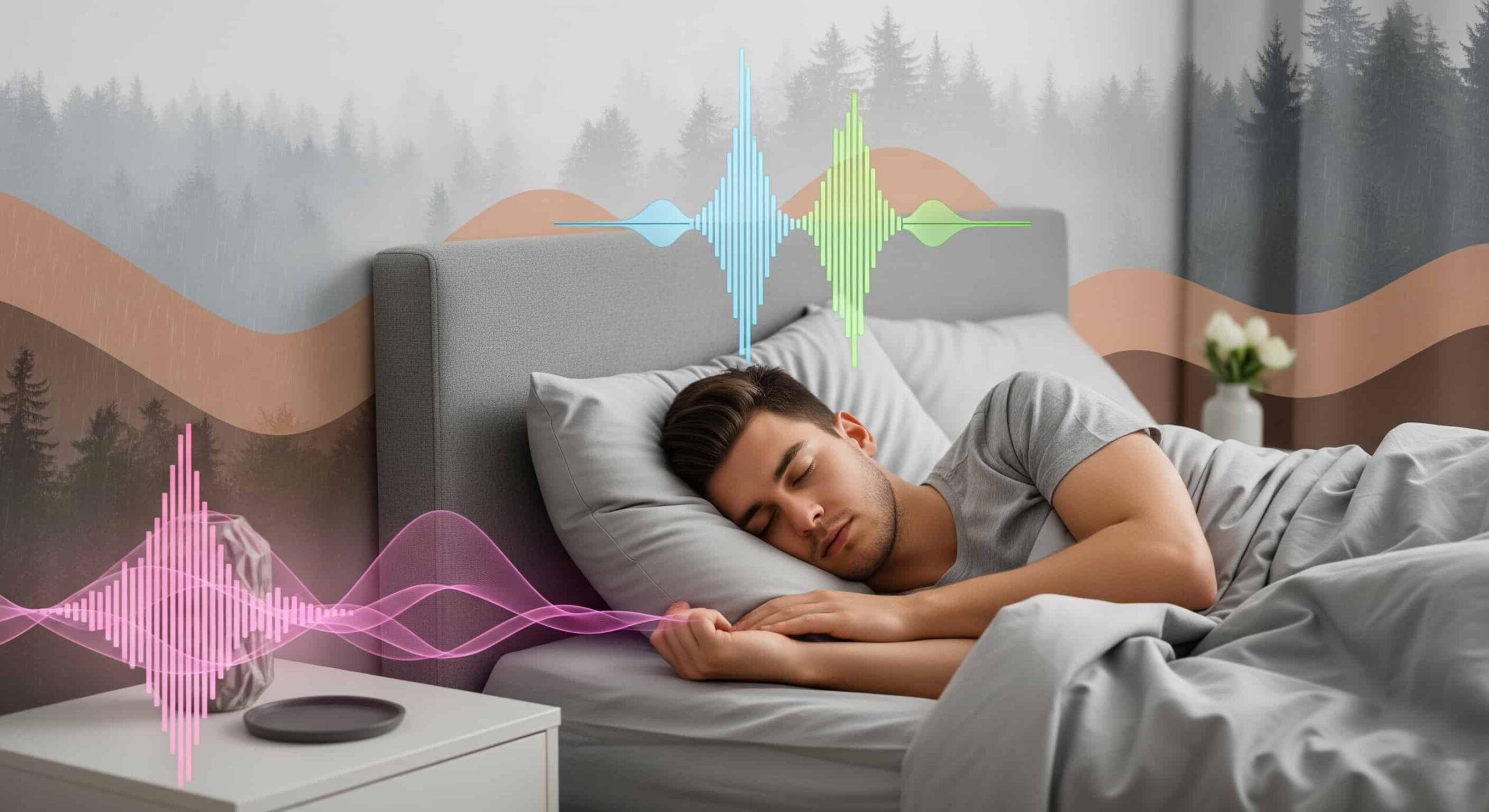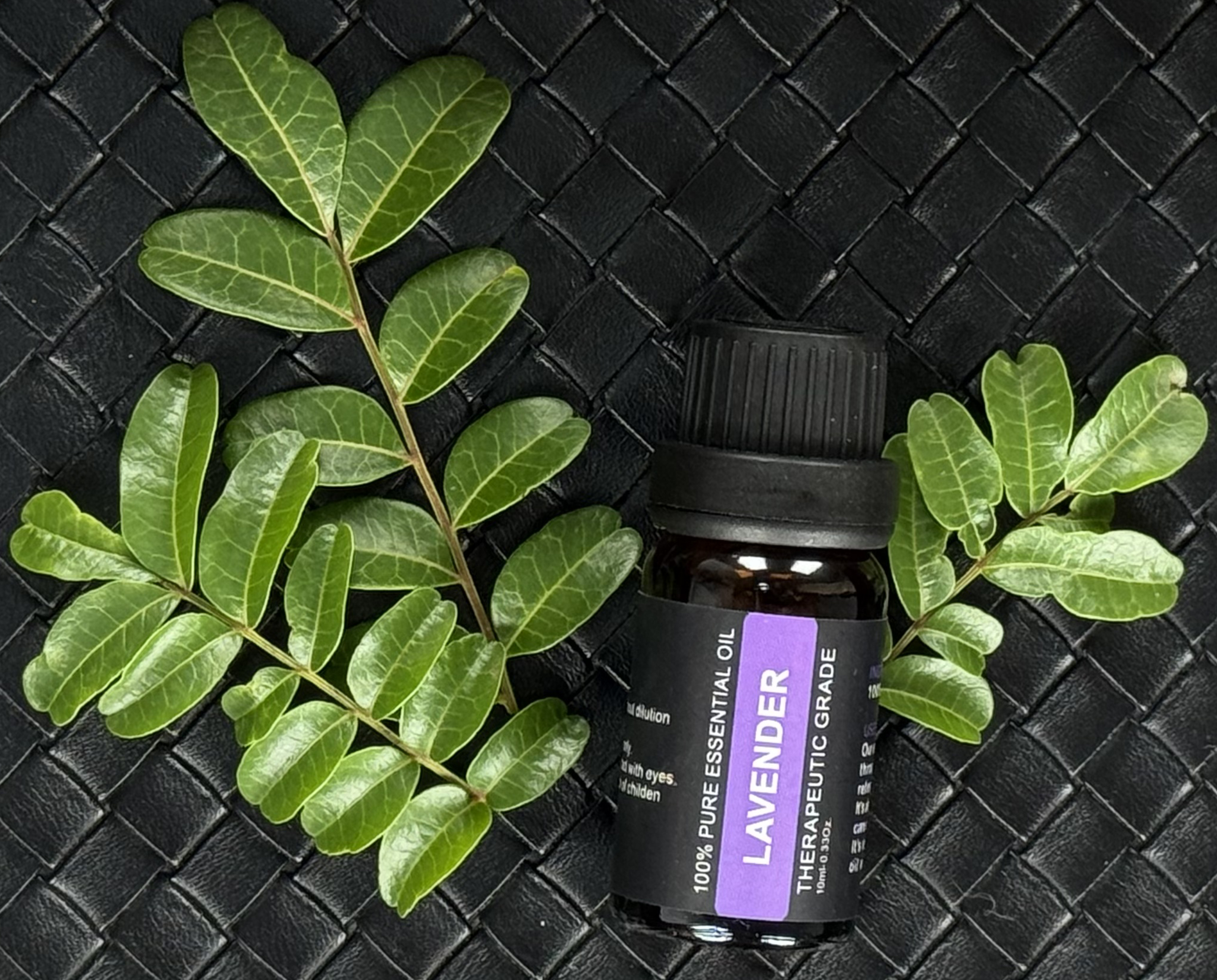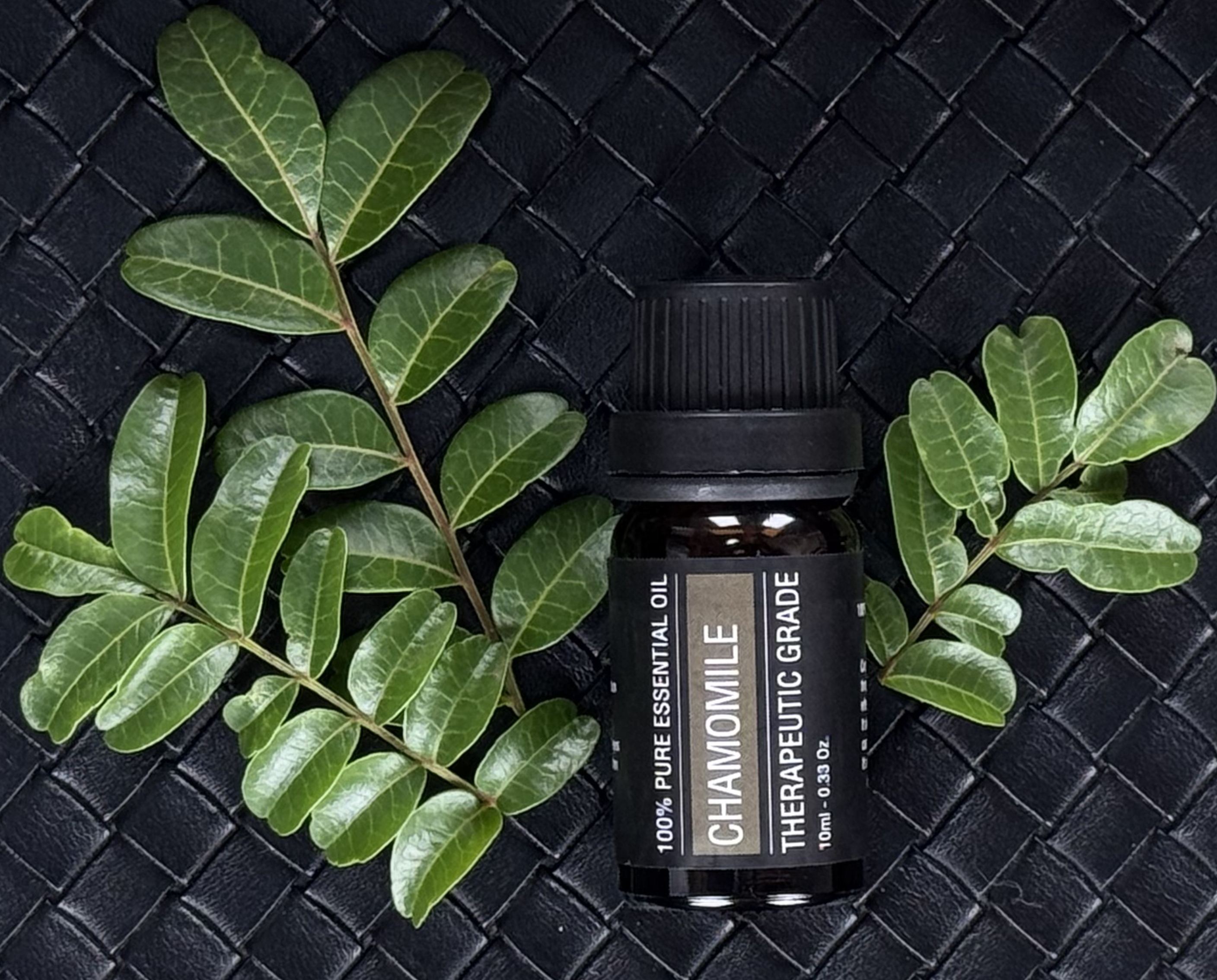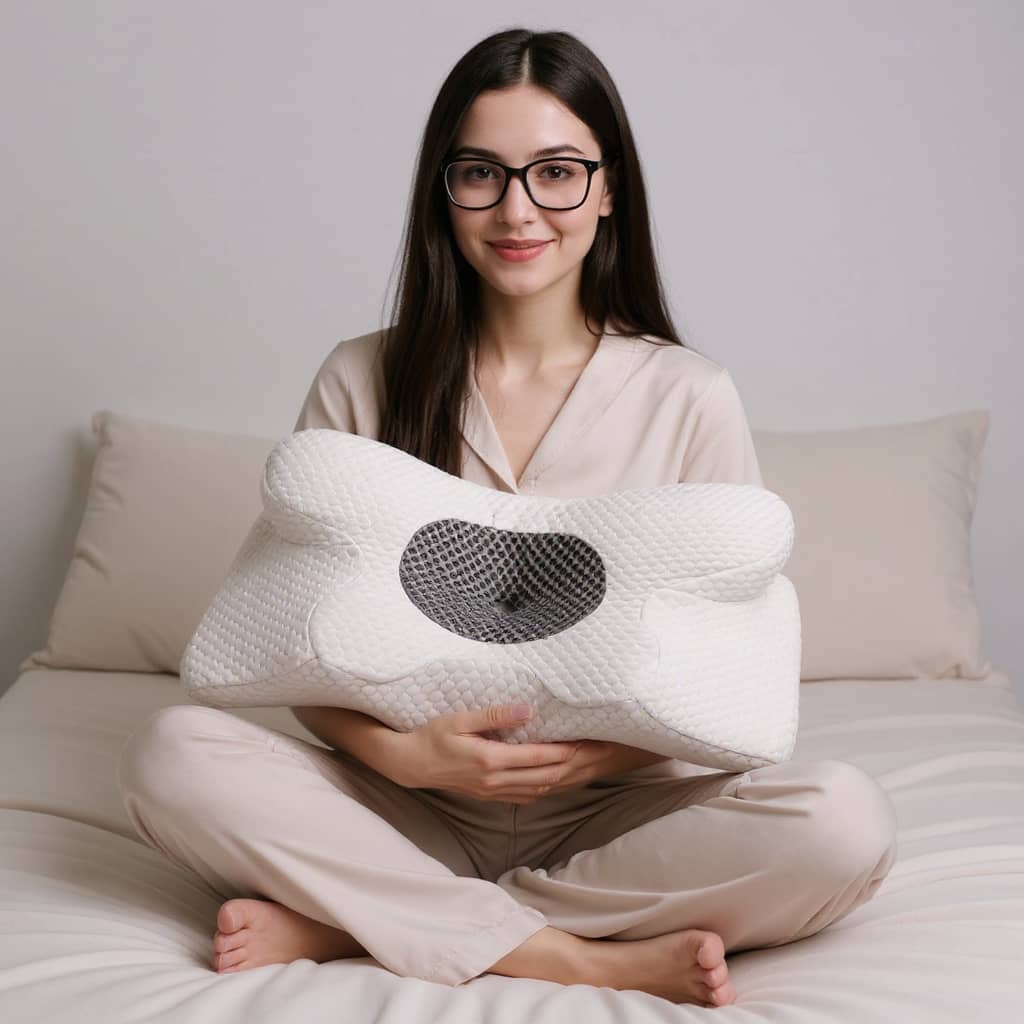While white noise has gained popularity as a sleep aid, it's just one option in a vast spectrum of sounds that can enhance your sleep quality. From the deeper tones of brown noise to the rhythmic patterns of binaural beats, different sound frequencies can offer unique benefits for various sleep challenges.
Understanding the Color Spectrum of Noise
Pink Noise: The Gentle Alternative
What it is: Pink noise contains equal energy per octave, making it sound more balanced and natural than white noise. It emphasizes lower frequencies while still containing higher ones.
How it sounds: Like steady rainfall, rustling leaves, or a gentle waterfall.
Benefits for sleep:
- May improve deep sleep quality and duration
- Can enhance memory consolidation during sleep
- Less harsh and more soothing than white noise
- Better for sensitive sleepers who find white noise too sharp
- May help stabilize brain waves during sleep
Brown Noise: Deep and Grounding
What it is: Brown noise (also called red noise) emphasizes even lower frequencies than pink noise, creating a deeper, more rumbling sound.
How it sounds: Like distant thunder, a strong wind, or the low hum of a large waterfall.
Benefits for sleep:
- Excellent for anxiety reduction and stress relief
- Promotes very deep relaxation
- Ideal for people with ADHD or racing thoughts
- Can help mask low-frequency disturbances like traffic
- May improve focus and concentration before sleep
Blue and Violet Noise: The Higher Frequencies
Blue Noise: Emphasizes higher frequencies and sounds like a hissing spray or high-pitched static.
Violet Noise: Contains even more high-frequency content than blue noise.
Sleep applications:
- Less commonly used for sleep due to their stimulating nature
- May be helpful for masking high-pitched disturbances
- Can be useful for brief relaxation or meditation
- Generally not recommended for extended sleep use
Nature Sounds for Natural Sleep
Rain and Water Sounds
Types:
- Light rain: Gentle and consistent, ideal for sensitive sleepers
- Heavy rain: More masking power for noisy environments
- Rain on different surfaces: Roof, leaves, or pavement create unique textures
- Thunderstorms: Can be relaxing but may be too stimulating for some
- Ocean waves: Rhythmic and naturally varying
- Streams and rivers: Continuous flow with natural variations
Benefits: Natural association with calm environments, varying rhythms prevent monotony, and broad frequency range for effective masking.
Wind and Air Sounds
Variations:
- Gentle breeze: Soft and subtle for light sleepers
- Wind through trees: Natural rustling with organic variations
- Mountain wind: Steady and powerful for masking louder disturbances
- Fan sounds: Mechanical but familiar and comforting
Advantages: Consistent yet naturally varying, familiar and non-threatening, excellent for temperature regulation associations.
Forest and Wildlife Sounds
Options:
- Forest ambience: Combination of wind, leaves, and distant wildlife
- Crickets and insects: Rhythmic and naturally hypnotic
- Bird songs: Best for dawn/dusk relaxation rather than deep sleep
- Campfire crackling: Warm and comforting association
Considerations: Some wildlife sounds may be too stimulating or unpredictable for sleep. Choose ambient recordings over active wildlife sounds.
Advanced Sleep Sound Technologies
Binaural Beats for Sleep
How they work: Two slightly different frequencies played in each ear create a perceived "beat" frequency that can influence brainwave patterns.
Sleep-specific frequencies:
- Delta waves (0.5-4 Hz): Promote deep sleep and healing
- Theta waves (4-8 Hz): Encourage REM sleep and dreaming
- Alpha waves (8-13 Hz): Help with relaxation and sleep onset
Usage tips:
- Require stereo headphones or earbuds for effectiveness
- Start with 15-30 minute sessions
- Use during wind-down time rather than all night
- Combine with other relaxation techniques
Isochronic Tones
What they are: Single tones that pulse on and off at specific intervals to influence brainwave patterns.
Advantages over binaural beats:
- Don't require headphones (though they help)
- May be more effective for some people
- Can be combined with other sounds
- Less likely to cause discomfort
Sleep applications: Similar frequency ranges as binaural beats, often embedded in nature sounds or ambient music.
ASMR (Autonomous Sensory Meridian Response)
Common ASMR sleep triggers:
- Whispering: Soft, gentle voices
- Tapping: Rhythmic finger tapping on various surfaces
- Brushing: Soft brush sounds
- Page turning: Gentle paper sounds
- Rain on windows: Combined visual and auditory experience
Benefits: Can trigger deep relaxation response, highly personalized effectiveness, often includes visual components for enhanced relaxation.
Ambient and Instrumental Sleep Music
Drone and Ambient Music
Characteristics:
- Sustained tones with minimal variation
- No distinct melody or rhythm to distract
- Often incorporates natural sound elements
- Creates immersive sound environments
Popular instruments: Singing bowls, synthesizers, string drones, wind instruments.
Classical and Instrumental Sleep Music
Effective genres:
- Slow classical pieces: Baroque adagios, romantic nocturnes
- Solo piano: Gentle, repetitive patterns
- String ensembles: Soft, sustained harmonies
- Flute and wind instruments: Breathy, natural tones
Selection criteria: Tempo under 60 BPM, minimal dynamic changes, no sudden loud passages, familiar pieces to avoid active listening.
Meditation and Spiritual Sounds
Options:
- Tibetan singing bowls: Resonant, harmonic tones
- Chanting: Repetitive, monotone vocalizations
- Mantras: Repeated sacred sounds or phrases
- Gongs and bells: Deep, sustained resonance
Benefits: Can reduce stress and anxiety, promote spiritual relaxation, often have cultural associations with peace and tranquility.
Choosing the Right Sound for Your Sleep Needs
For Different Sleep Challenges
Difficulty falling asleep:
- Pink noise or gentle rain sounds
- Binaural beats in alpha frequency range
- Soft instrumental music
- ASMR triggers that work for you
Frequent night wakings:
- Consistent brown noise or fan sounds
- Ocean waves or steady rain
- Continuous ambient drones
Anxiety or racing thoughts:
- Brown noise for grounding
- Guided meditation with background sounds
- Slow, repetitive instrumental music
- Deep breathing exercises with ambient sounds
Personal Preference Factors
Consider your:
- Sensitivity level: Highly sensitive sleepers may prefer softer pink noise or nature sounds
- Environmental noise: Urban environments may require more masking power
- Cultural background: Familiar sounds from your environment may be more comforting
- Sleep position: Side sleepers using headphones need comfortable options
- Partner preferences: Find sounds that work for both of you
Experimentation Guidelines
Testing approach:
- Try each sound type for at least 3-5 nights
- Keep a sleep journal to track effectiveness
- Start with lower volumes and adjust gradually
- Consider seasonal changes in preference
- Mix and match different sounds for variety
Technical Considerations and Best Practices
Audio Quality and Equipment
For optimal experience:
- Use high-quality audio files (320kbps MP3 or FLAC)
- Invest in good speakers or comfortable sleep headphones
- Ensure seamless looping for continuous sounds
- Consider dedicated sleep sound machines for reliability
Volume and Safety Guidelines
Safe listening practices:
- Keep volume below 50 decibels for extended use
- Use timer functions to avoid all-night exposure
- Take breaks from sound-assisted sleep occasionally
- Monitor for any hearing discomfort or changes
Creating Custom Sound Mixes
Layering techniques:
- Combine base noise (pink/brown) with nature sounds
- Add subtle binaural beats to ambient music
- Mix different nature sounds for complexity
- Adjust individual volume levels for perfect balance
Finding Your Perfect Sleep Soundtrack
The world of sleep sounds extends far beyond white noise, offering a rich palette of options to enhance your rest. Whether you prefer the deep grounding of brown noise, the natural rhythms of rain, or the technological precision of binaural beats, the key is finding what resonates with your unique sleep needs.
Remember: The best sleep sound is the one that helps you relax, fall asleep faster, and wake up more refreshed. Don't be afraid to experiment and combine different sounds to create your perfect sleep environment.




